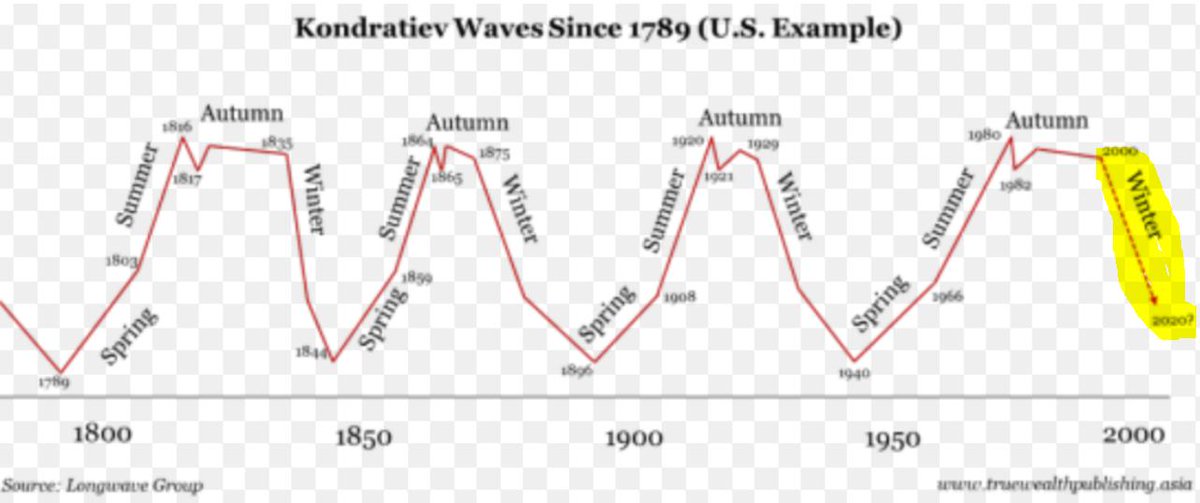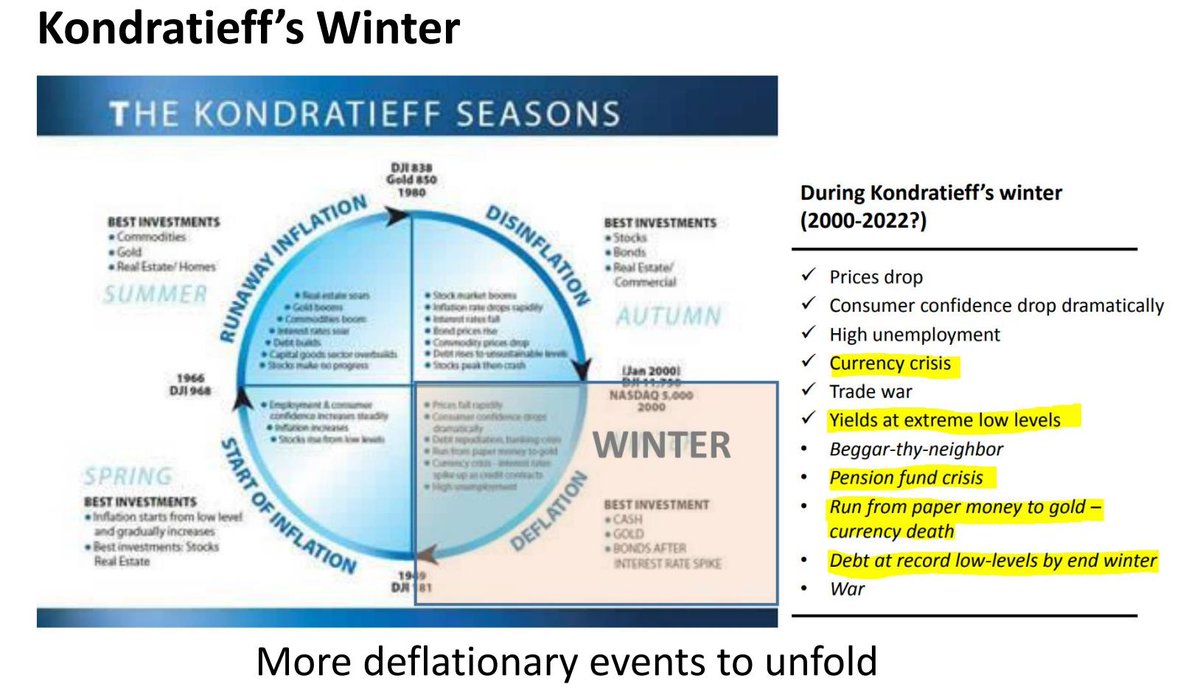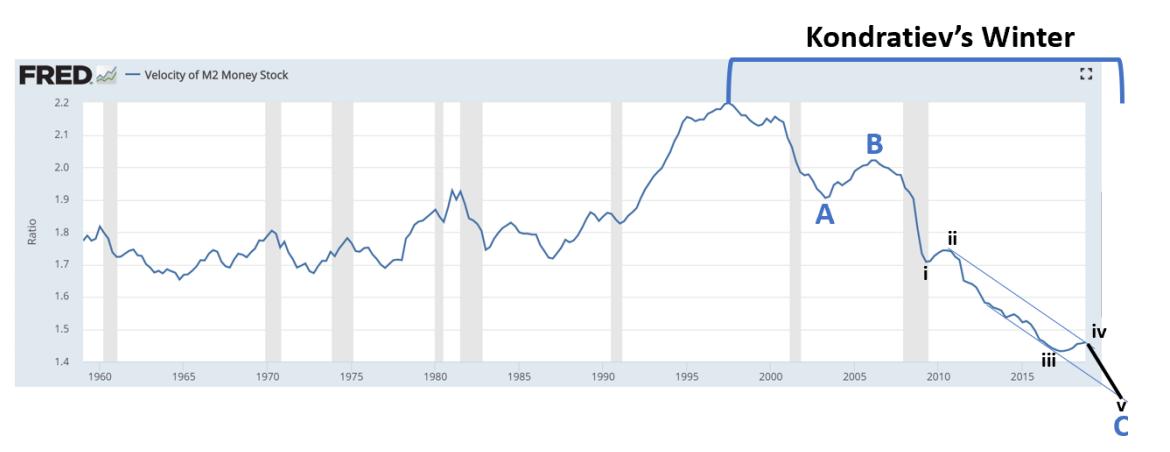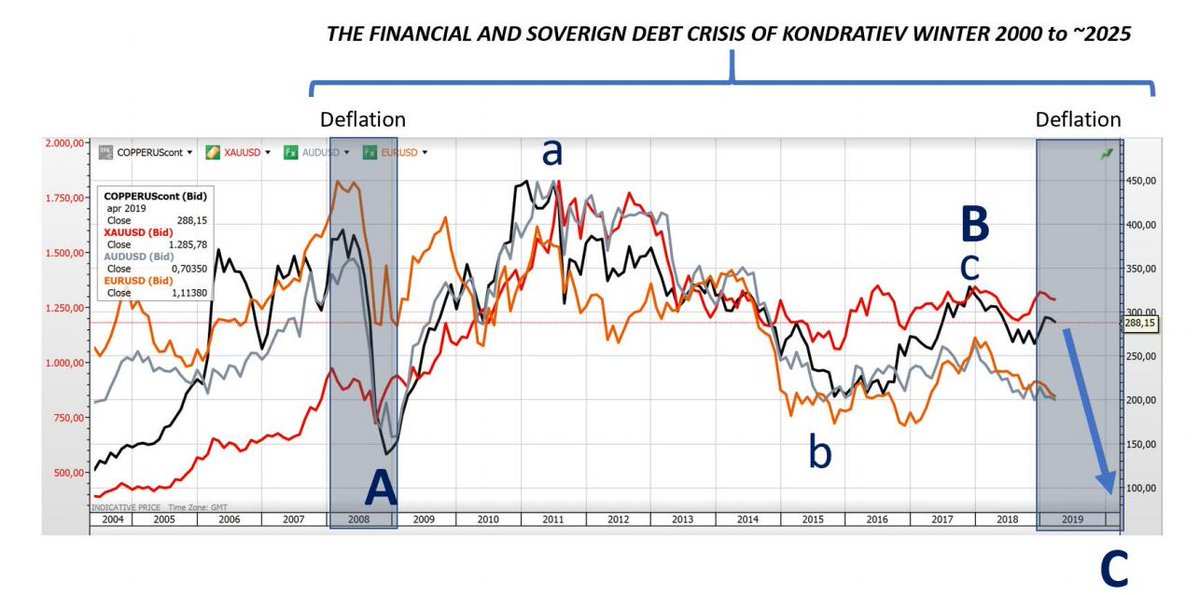The "Lollar"
The lynchpin of the financial crisis is the Lebanese National Bank (Central Bank of Lebanon, Banque du Liban, BDL), whose activities have led to a huge mountain of debt hidden behind investments ...
At the origin of the enormous debt is the fixing of the exchange rate of the Lebanese currency against the dollar in 1997 (this is explained concisely and clearly here).
Expensive premium class cars, as they are popular in Lebanon's golden layer, but also fuel and medicines, are paid for..
With this system of credit and risky promises, the central bank financed the ...
As it now turns out, the dollar reserves that the central bank boasted of in order to appease critics of its financing system consist mainly of book












